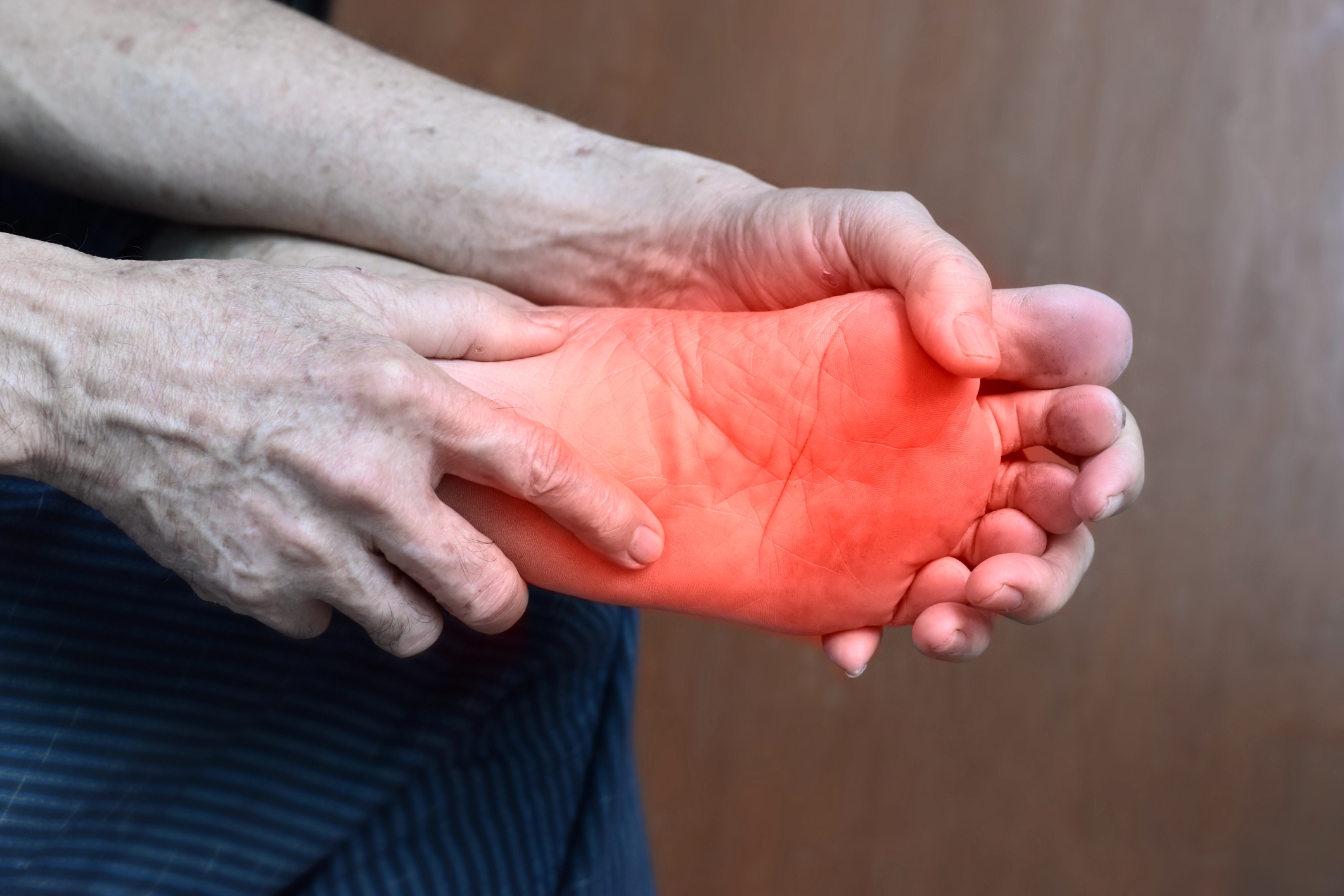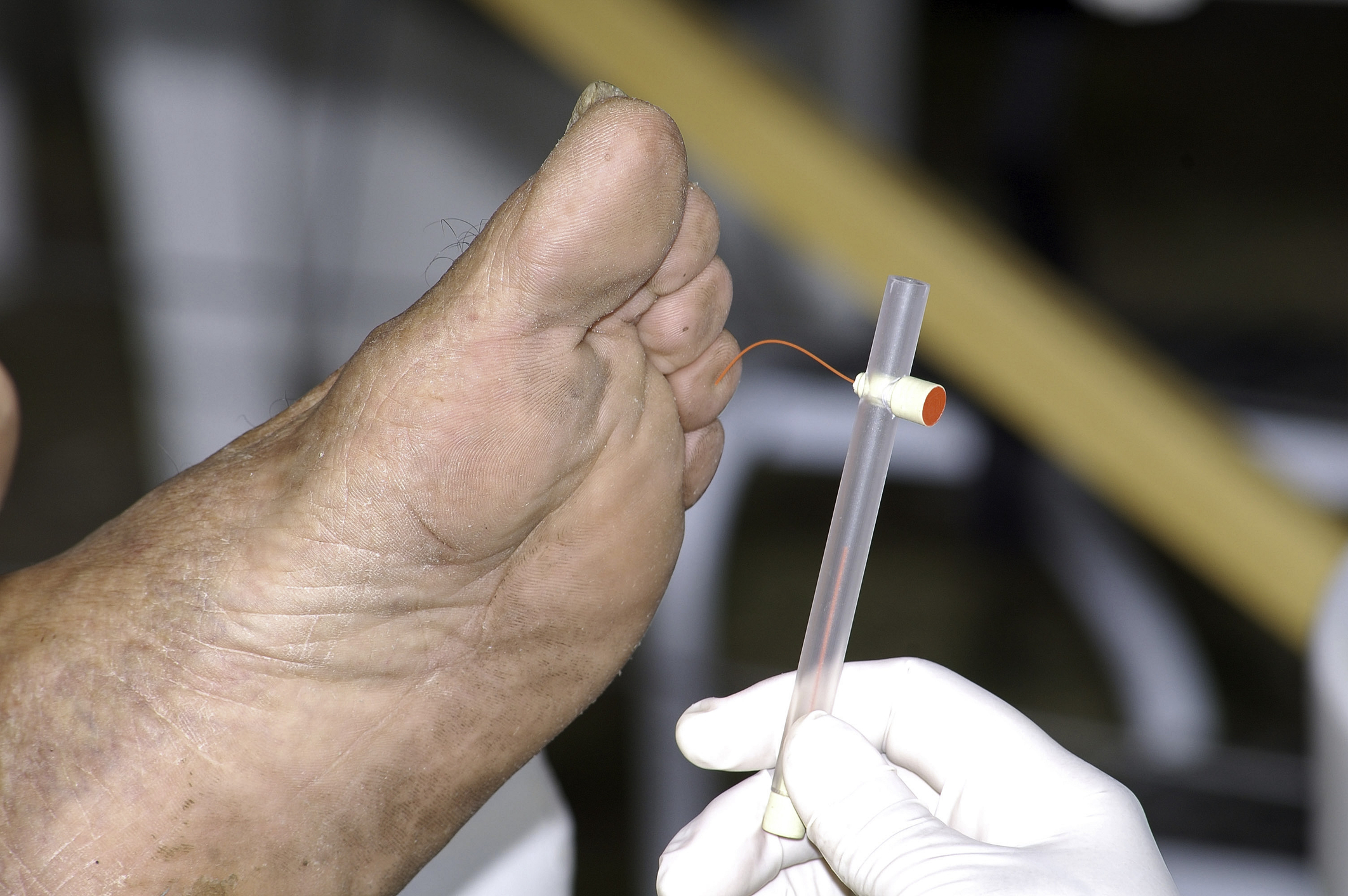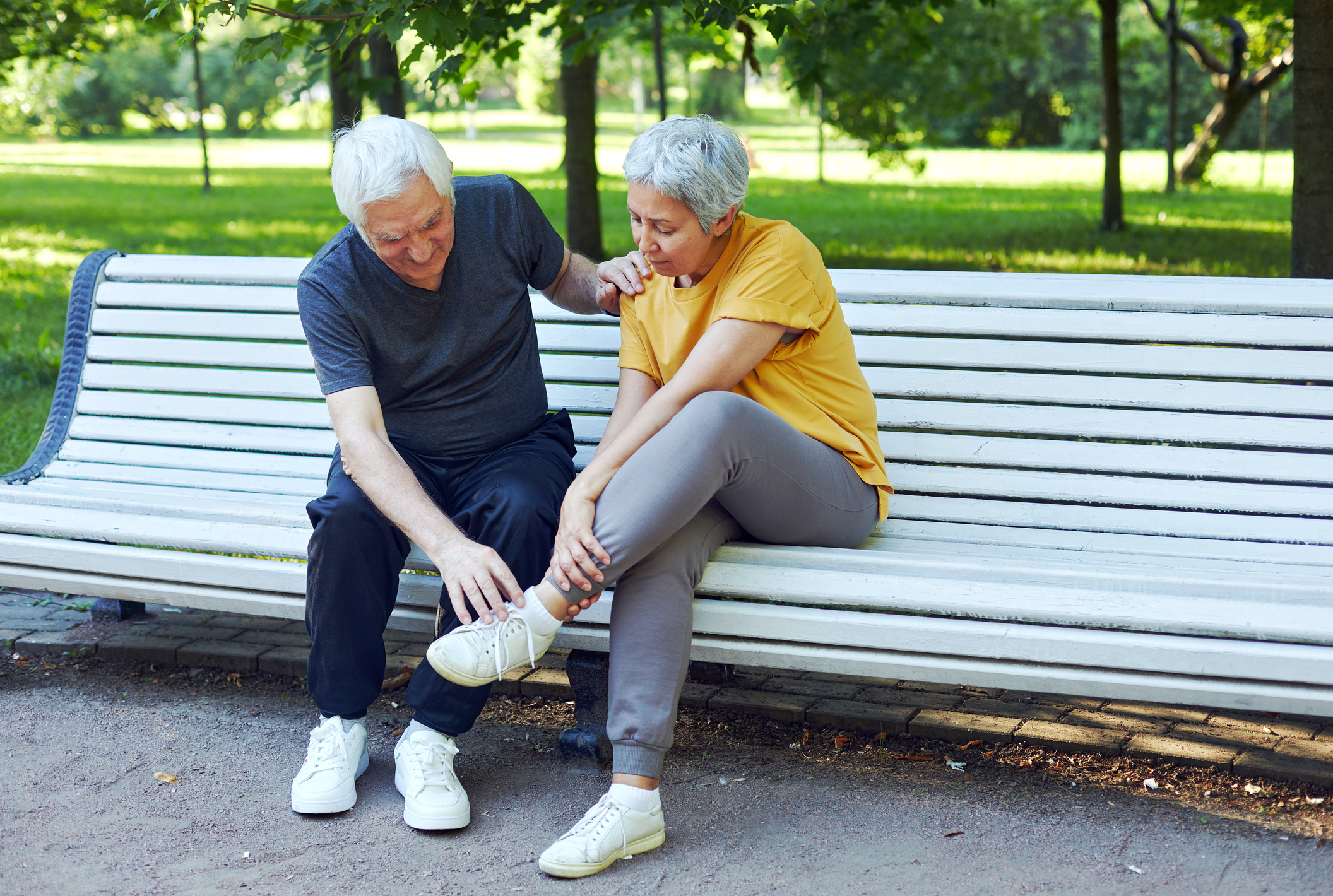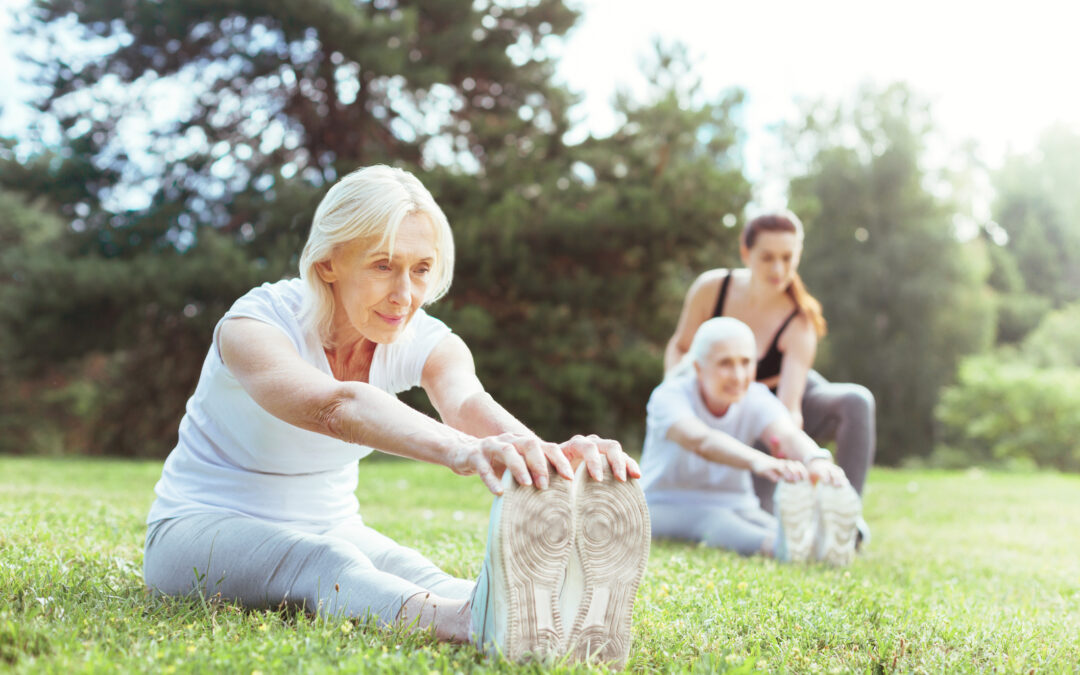Foot care for elderly with diabetes is critical to keep you or the elderly in your home mobile and independent. Read on to learn how to prevent or delay common foot problems, such as diabetes dry feet, and diabetes swollen feet.
Foot problems are a common concern in people with diabetes. A disease known as “diabetic neuropathy” can potentially cause poor circulation and nerve damage, resulting in foot infections, blisters, foot ulcers, and more. This can further make you or your elderly loved one homebound or immobile.
That said, while some people with diabetes don’t develop severe foot implications, diabetes is still a significant cause of amputations. They are generally caused by insulin deficiency known as “type 1 diabetes” or insulin resistance known as “type 2 diabetes.”

foot care for elderly with diabetes
It is essential to know that insulin is a vital hormone that helps absorb glucose (aka sugar) from the blood in our body. However, when it stops functioning correctly, glucose remains flowing in the blood, causing health implications, including foot problems like diabetes dry feet or diabetes swollen feet.
Moreover, the prolonged presence of high sugar levels (glucose) in the blood is also responsible for nerve damage and poor foot circulation.
This post will talk about foot care for elderly with diabetes, what you can do, and how neuropathy socks can help prevent diabetes swollen feet.
So, let’s get started!
Contents
What is Diabetes in Elderly?
Diabetes occurs when blood glucose levels in our body remain too high for prolonged periods. It is worth noting that glucose (sugar) comes from different foods we consume. Our body cells are responsible for converting that sugar (glucose) into energy through a hormone called insulin.

Tingling and Burning Diabetic Feet
However, the body cells of people who have type 1 diabetes do not make insulin. Similarly, type 2 diabetes doesn’t allow body cells to make or use that insulin. That’s when sugar builds up, causing high glucose levels. In such cases, foot care for the elderly with diabetes become even more essential to prevent immobility.
How Does Diabetes Contribute to Foot Problems in Elderly?
Diabetes is one of the primary culprits that could cause various foot problems in elderly. Since diabetes is deeply associated with implications, such as nerves and blood vessel damage, it could potentially cause poor circulation to the feet.
The nerve damage or diabetic neuropathy can trigger implications, such as tingling, numbness, or loss of feeling in the feet. In this regard, neuropathy socks are one of the common and effective ways to prevent or treat diabetic neuropathy.

Diabetic Feet
Moreover, if your feet cannot feel the pain, it will be hard to know when you get a cut, blister, or ulcer on the feet. Moreover, since diabetes damages blood vessels, infections may also not heal well due to poor circulation in the feet.
The situation could further worsen, leading to gangrene in which skin, muscle, and feet tissues will start to die. If you or the elderly in your home are experiencing gangrene or feet ulcer that doesn’t heal despite the prescribed treatment, your podiatrist might suggest you an amputation.
All that said, I hope you have gained an idea about how vital foot care for elderly with diabetes is to prevent implications like diabetes dry feet.
Common Types of Diabetic Related Foot Problems in Elderly
Diabetes can trigger two main problems in the elderly that can severely affect the feet:
· Diabetic Neuropathy
Uncontrolled diabetes combined with lack of foot care for elderly with diabetes can severely affect nerves. People with damaged nerves in their legs and feet may struggle to feel anything. For instance, they may not be able to feel cold, hot, or pain in the feet or legs. This lack of feeling is known as “sensory diabetic neuropathy.”

Diabetic Neuropathy
Moreover, if the elderly with diabetic neuropathy cannot feel sore or cut on their feet, the injuries can get worse and become infected. Additionally, diabetic neuropathy also affects feet muscles, making them not function properly since nerves in the feet muscles are damaged.
Furthermore, this could cause the feet not to align properly, creating a lot of pressure on a specific foot part.
Prevention
- Blood Sugar Management
The risk of diabetic neuropathy can be prevented or delayed by providing proper foot care for the elderly with diabetes and closely managing blood sugar levels.
According to Americans with Diabetes (ADA), people with diabetes should take a “glycated hemoglobin test” (A1C) at least thrice a year. This will help them determine average blood sugar levels for the past three months.
- Foot Care
Foot care for the elderly with diabetes is an effective way to prevent or delay diabetic neuropathy. Look for blisters, swelling, bruises, cuts, and cracked skin. This will help you keep your feet healthy. In addition to foot care, keep these points in mind to prevent diabetic neuropathy:
- Ensure to keep your feet clean and dry. In this regard, washing your daily with lukewarm, soapy water is an excellent option.
- Applying moisturizer to the feet is also essential for keeping your feet healthy. This will help you prevent cracking. However, don’t apply moisturizer between the toes because it can trigger fungal infection.
- Clean, dry socks, such as neuropathy socks, can also help prevent diabetic neuropathy. Socks made from cotton or moisture-wicking materials are an excellent choice.
- Cushioned, closed-toe footwear or slippers will protect your feet. Moreover, ensure to wear shoes that fit snugly and allow enough room for the toes.
Neuropathy Socks for Diabetic Neuropathy
If you or your elderly dear ones are experiencing neuropathy symptoms, you might have heard about neuropathy socks. They are designed for those with neuropathy symptoms and help them reduce numbness, pain, and risk of diabetes dry feet caused by nerve damage. Additionally, neuropathy socks are also great for improving blood circulation to the feet, wounds, blisters, and foot or leg pain.

Neuropathy Socks
While neuropathy socks primarily use compression techniques, they also have other great features, such as moisture-wicking fabric, padding, and arch support, that can help prevent or relieve neuropathic symptoms.
· Peripheral Vascular Disease
The second type of diabetic-related disease is peripheral vascular disease which severely affects blood flow. Wounds or sores can take longer to heal without proper blood flow to the legs and feet. Moreover, poor blood circulation in the arms, legs, and feet is known as peripheral vascular disease.
If you or an elderly dear one in your family is suffering from peripheral vascular disease, an infection in the foot may not heal due to poor blood circulation. It also increases the risk of developing other foot complications, including gangrene and ulcers.
Diabetic Foot Problems in Elderly
Here are a few common foot problems in the elderly with diabetes:
1. Diabetic Neuropathy
Older adults with diabetes are more likely at risk of developing a peripheral vascular disease (PVD), essentially if they underestimate foot care for elderly with diabetes. Moreover, the situation can worsen if they find it hard to control sugar levels. One of the common causes that can cause diabetic neuropathy is poor circulation due to fatty deposits that narrow the blood vessels.
Moreover, PVD also affects blood vessels that can lead to extremities, like poor blood flow to the hands and feet in elderly. This further leads to implications like infection, pain, diabetes, dry feet, and wounds that don’t easily heal.
Furthermore, nerve damage caused by PVD leads to numb feet in the elderly. This can make it challenging for you or your elderly dear ones to feel sensations, irritation, infection, or soreness in their extremities. In this regard, neuropathy socks and foot care for the elderly with diabetes are essential in-home treatments to help ease dry feet and other associated symptoms.
2. Diabetic Blisters
Blisters are another common foot problem in elderly with diabetes. Many diabetic-related reasons could trigger blisters. For instance, the elderly with diabetic neuropathy may find it hard to know when their footwear does not fit well. It may also alter the way a person moves.
Moreover, the elderly with diabetes may also experience an implication known as bullous diabeticorum, which contributes to developing blisters. However, the core cause of blisters is still unknown to doctors. People with infected blisters may also experience diabetes and dry feet, causing pain and a growing risk of infections.
Prevention
A few tips for foot care for the elderly with diabetes that can help you keep your feet healthy include:
- Examine your feet daily and look for blisters, cuts, bruises, etc.
- Wear properly fitting footwear and neuropathy socks to protect your feet from injuries.
- Break in new footwear slowly.
- Maintain a healthy, well-balanced diet.
3. Diabetic Foot Ulcers
According to states, over 15% of elderly with diabetes or peripheral neuropathy develop foot ulcers yearly. Foot ulcers are wounds or sores that keep returning or do not heal. When you or an elderly member in your family develop ulcers on the feet, it might be related to diabetes, mainly due to complications of neuropathy. It can cause you to lose feeling in your affected foot.
Moreover, even a scrap cut or puncture in the feet of people with neuropathy can cause an ulcer, and you might not know it’s there. Additionally, foot ulcers can lead to other complications, including infections that won’t heal quickly.
Furthermore, if you or one of your elderly family members has heart or kidney-related disease, the risk of getting a foot ulcer is high. So, foot care for the elderly with diabetes is essential to prevent or decrease the risk of developing foot ulcers.
Prevention
- Review your feet daily and touch the skin of your lower legs and feet to watch for swelling, scrapes, or bruises.
- Re-arrange household items that could cause a trip or fall.
- Avoid walking around barefoot. This is especially essential for the elderly with diabetic neuropathy.
- Avoid buying random shoes. Instead, always wear footwear that fits properly. Moreover, always opt for shoes made from breathable fabrics like leather, suede, or canvas. Additionally, get yourself neuropathy socks.
- Maintaining a well-balanced diet can also help avoid diabetic-related foot problems, such as diabetes dry feet and diabetes swollen feet.
4. Diabetic Foot Infections
The elderly with diabetic foot infections are more at risk of other health complications, such as hospitalization, amputation, or even death. According to the Center for Disease Control (CD), 26 million Americans have diabetes, and these patients are more than a 4% of annual risk as well as a 25% of lifetime risk of developing foot infections.
Diabetic ulcers can get infected, especially in older adults, due to a lack of foot care for the elderly with diabetes. These can spread to the bloodstream and worsen the condition, affecting organs and threatening a person’s life.
In addition, the elderly with foot infections may also suffer from diabetes dry feet, or gangrene, causing tissue death and may lead to amputation. That said, foot infections due to diabetes in the elderly generally damage the underlying structure of feet, including foot bones. Moreover, poor circulation can also cause foot infections and damage underlying structures.
In some cases, this can change the shape of the feet, causing difficulty in walking, diabetes, swollen feet, and further pain.
Prevention
- Inspect your feet more often and look for redness, scratches, cuts, blisters, and bruises. If you cannot see a part of your feet, use a mirror or get help from a family member.
- Always opt for comfortable shoes made from breathable fabrics. Moreover, check inside your footwear and look for anything that could cause rubbing.
- Wash your feet thoroughly and more frequently.
- Apply lubricants or moisturizers to prevent diabetes, dry feet, and cracking.
- Try to avoid extremely hot or bitterly cold temperatures.
5. Fungal Nail Infection
Foot care for the elderly with diabetes is essential to prevent implications such as fungal nail infections, diabetes swollen feet, and diabetes dry feet. Nails affected due to diabetes can cause severe nail fungal, making your nails thick, brittle, and discolored.
In some cases, nails may also crumble, causing extreme pain. One of the common culprits that could trigger nail fungus infections is footwear’s dark, moist environment. Moreover, an injury to the nail can also develop a fungal infection.
While medications are available to cure fungal infections of nails, they can treat a small number of nail problems. So, it can be challenging to cure nail fungus.
Prevention
In addition to providing proper foot care for the elderly with diabetes in your home, the following points can help prevent the development of fungus nail infection:
- Keep your feet clean and dry.
- Ensure to clip toenails clean and short.
- Avoid walking barefoot in areas like public showers or locker rooms.
- Do not share your nail clipper with others.
- Choose a licensed and clean salon. Also, ensure they sterilize instruments like scissors, clippers, etc., after each use.
6. Diabetic Calluses
The elderly with diabetes are also more at risk of developing calluses. A callus makes the feet’ skin hard and usually appears underneath the foot. A few common reasons for calluses include the abnormal structure of the feet, putting more pressure on a specific part, improper footwear, and negligence of foot care for elderly with diabetes.
Moreover, diabetic calluses in the elderly can also result from excessive shoe rubbing and fraction. Calluses appear rough skin layers and dull yellow, usually on the feet’ soles.
Prevention Foot Care for Elderly with Diabetes
While foot care for the elderly with diabetes is essential to prevent diabetic calluses, keep these tips in mind to keep your feet healthy.
- Always opt for footwear without generous room for the toes.
- Wearing a protective covering can also prevent the risk of developing calluses.
- Do not cut, shave away, or remove calluses with a sharp object.
- Avoid treating calluses if you have diabetes because poor circulation due to diabetes can lead to an infection.
- Keep your toenails short to prevent friction, rubbing, or increased pressure.
Foot care for elderly with diabetes can be challenging
Proper foot care for the elderly with diabetes is integral to keeping your feet healthy and away from neuropathy symptoms, such as diabetes dry feet, diabetes swollen feet, nail fungus, etc. If you or an elderly family member suffers from neuropathic symptoms, the above tips can help you avoid or delay various health complications.
We hope this article provides you with a better understanding of foot care for elderly patients with diabetes. If you have any questions or comments, please leave them below. We would love to hear from you!





